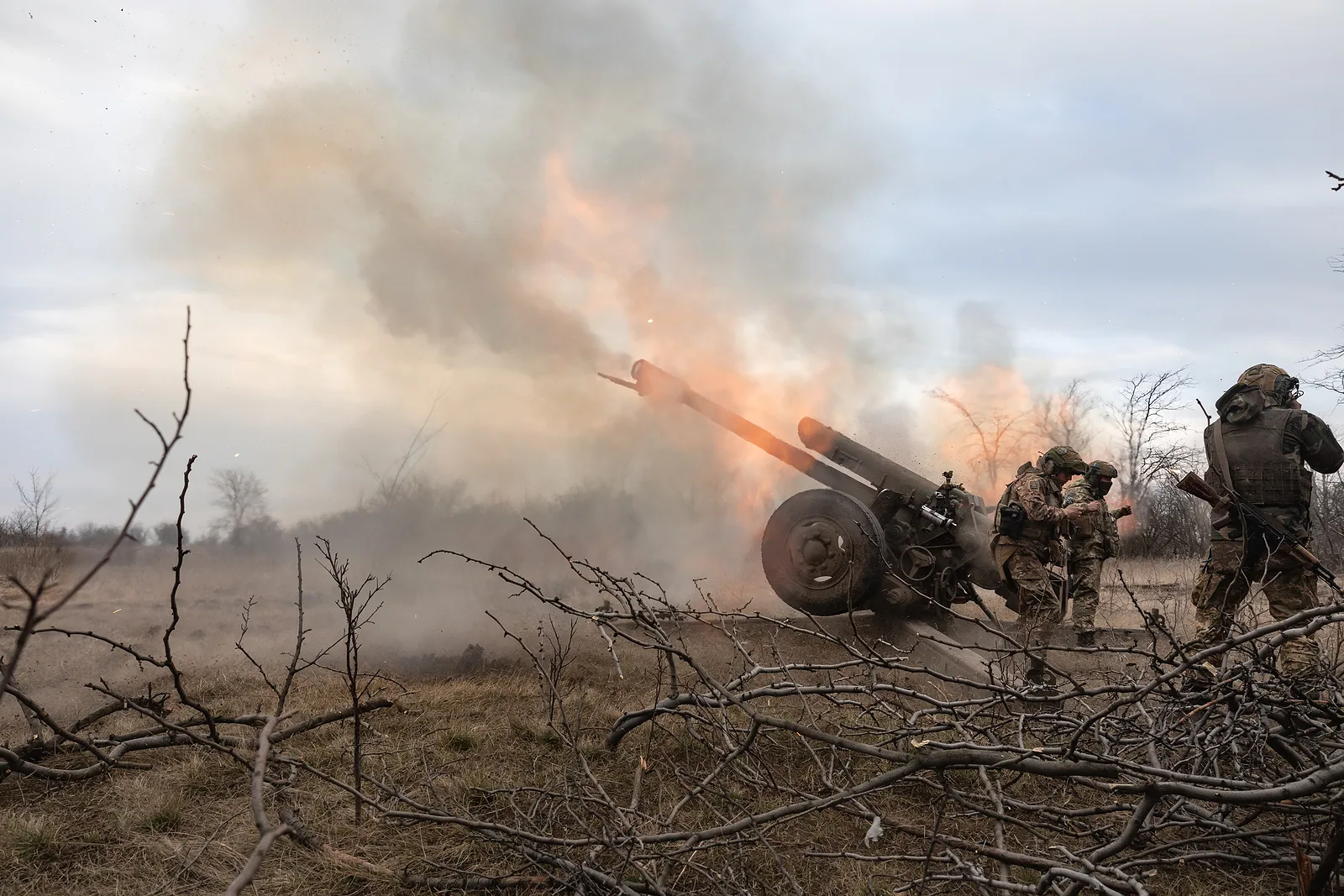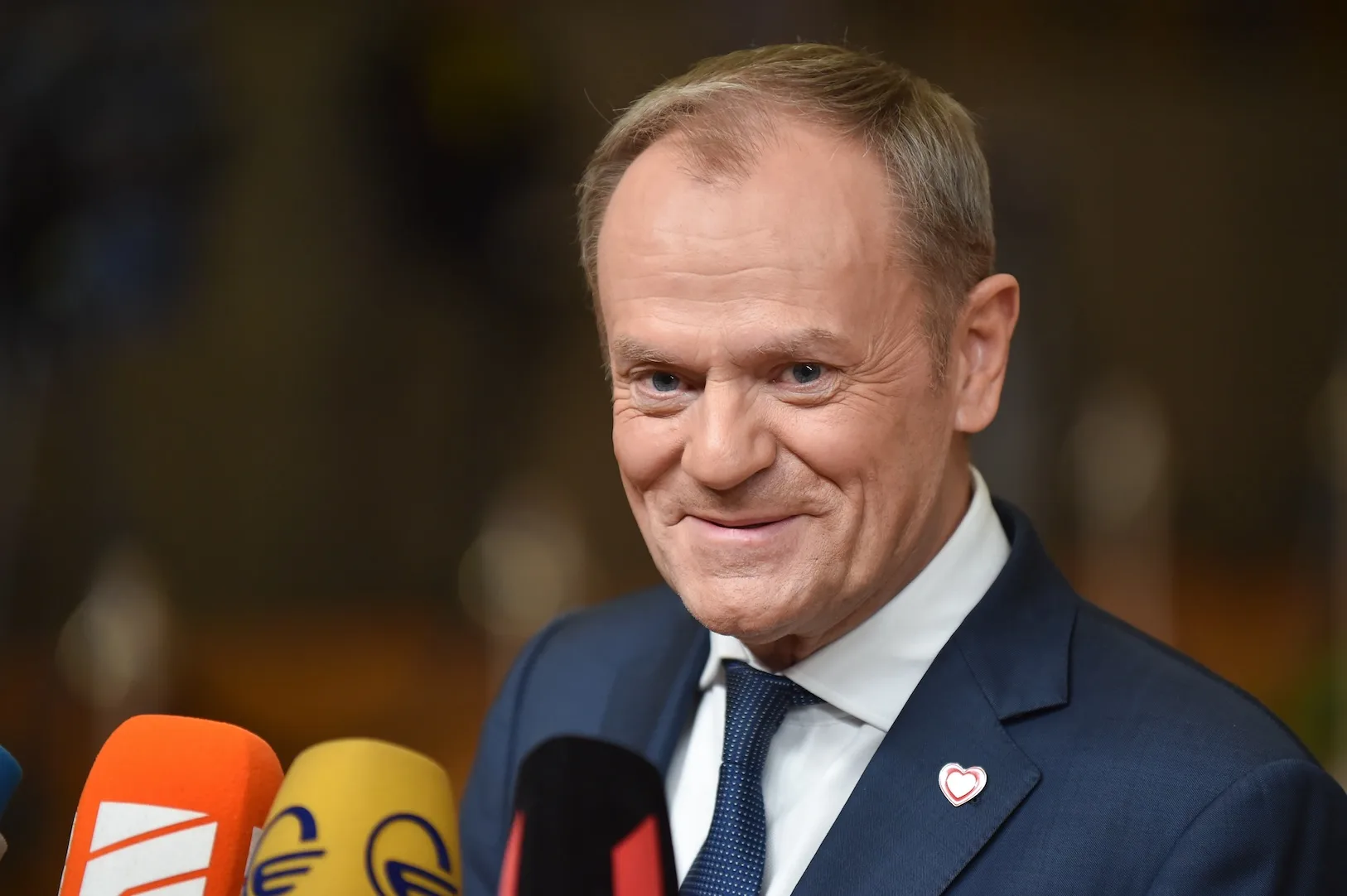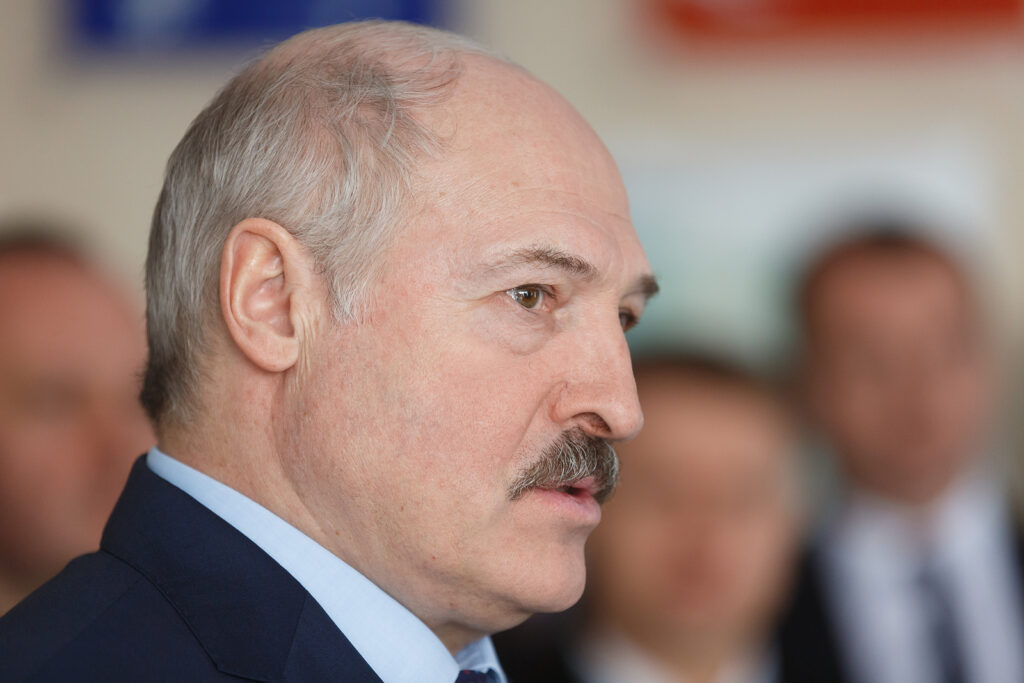Thirty years ago, in January 1994, the Belarusian Supreme Soviet voted to remove Stanislau Shushkevich from his position as Chair of the assembly. Shushkevich, who passed away last May at the age of 87, had been office for about thirty months, but he had presided over some of the most remarkable events in the history of the republic.
He took over the position of Chair—effectively the head of state—on an interim basis when his predecessor, Mikalai Demiantsei, was forced to resign after supporting the August 1991 failed putsch in Moscow. On the same day (August 25), the Byelorussian Soviet Socialist Republic (BSSR) declared independence.
He was in office when in September 1991, the BSSR was renamed the Republic of Belarus.
And he hosted the December 1991 meeting at Belavezha Forest with Russian and Ukrainian presidents Boris Yeltsin and Leonid Kravchuk, which created a Commonwealth of Independent States to remove Mikhail Gorbachev and bring an end to the Soviet Union. So why was he removed from the political scene so quickly? And how was Lukashenko able to emerge as the prime candidate to be Belarus’ first president?
Shushkevich’s problems
Shushkevich entered the republican leadership as something of a political neophyte, a renowned scientist and academician, but one without strong political backing. He found himself in a parliament divided between a strong majority of Communists (302 seats) led by Prime Minister Viachaslau Kebich and a small opposition of 27 MPs headed by leader of the Belarusian Popular Front (BPF), Zianon Pazniak. The Soviet comprised 360 seats at that time, 310 of which were contested.
Pazniak’s goal, like that of the BPF as a whole, was to hold new elections to replace the 1990 Supreme Soviet and to ensure that the new constitution being drawn up for the state ensured a strong parliament to watch over a future president. The BPF, which became a formal political party only in 1993, gathered signatures in support of a petition for a new election, but they had little impact on the conservative legislature.
As to who should hold the esteemed position of president, the consensus appeared to be that Kebich would be the natural choice, as he had the backing of most deputies.
By the summer of 1993, Shushkevich faced a vote of no-confidence, having failed to gain the support of either the majority Communists or the Popular Front-led opposition. But the vote was delayed by his illness and ultimately fell six votes short of the required majority. He soldiered on.
Shushkevich’s main concern was a proposed military-security union with Russia that he considered would erode Belarusian sovereignty. He had already agreed to send nuclear weapons stationed in the republic to Russia for dismantling. But the importance of such a move was to bolster a clause that would be enshrined in the Constitution to declare Belarus a non-nuclear and non-aligned state.
The rise of Lukashenko
Enter deputy Lukashenko, a former state farm leader and KGB border guard who was seeking to make a name for himself after being elected to the Supreme Soviet in 1990. Although he was reportedly the only deputy not to support the dissolution of the Soviet Union, he had seemed close to the Social Democratic deputies and BPF. Earlier, he had sought their support to be deputy chair of the parliament, but could not find enough backing to make an impact. His desperation was all too evident.
His breakthough came after he was elected the temporary head of a parliamentary commission on corruption, using this position to make accusations against state leaders. The fact that parliamentary sessions were broadcast live on the main state television contributed to his popularity among regular Belarusians. He was nominated for that position by the youthful deputy, Anatol Liabedzka. One of his main acolytes was Viktar Hanchar, who would run his 1994 election campaign and later become deputy chair of the parliament. These so-called “young wolves” also included Henadz Karpenka, the mayor of Maladziečna, another rising scientist and inventor.
Kebich was happy to allow Lukashenko to complete his mission, believing correctly that one of the main targets would be Shushkevich. But he miscalculated. Lukashenko did indeed focus on Shushkevich, but he also targeted Kebich, astutely recognising that the public was weary of corruption in the party and particularly in the leadership.
For many years, the BSSR had gained a reputation for the incorruptibility of party leaders in contrast to the numerous abuses of power by the Brezhnev leadership in Moscow. The key example had been republican party leader Piotr Masherau, a former wartime partisan leader and popular figure who led the republic for fifteen years between 1965 and 1980 prior to his death in a car crash. By Masherau’s standards Kebich fell well short.
According to some observers, Lukashenko’s commission focused less on corruption than on the personal foibles of the current leadership and sensationalism. In Shushkevich’s case, one reason for his removal was for using state funds to finance the repairs at his dacha, and specifically the purchase of some nails for which he had not yet paid fully.
The deeper reason, however, was Shushkevich’s desire to keep Belarus separate from Russia, while acknowledging the necessity of close economic ties. The psychological need to maintain ties with Russia pervaded Belarusian society, beset by economic woes after the dissolution of the USSR. It was to undermine Shushkevich’s election campaign for president the following year.
The Clinton visit to Belarus
Shortly before Shushkevich was forced to resign, new US president Bill Clinton visited Belarus (January 15, 1994), a sojourn of only a few hours but one that had a lasting impact. Clinton praised the republic for giving up nuclear weapons, insisted on meeting with opposition figures, and bonded with Shushkevich, who had been his guest in Washington, DC the previous year. The US offered aid to build a democratic state and the president visited Kurapaty, the site of mass graves to the victims of Stalin in 1937-41, where he donated a stone bench.
In the buildup to the Chair’s removal, Lukashenko would accuse Shushkevich of being an American stooge. The Clinton bench has subsequently been destroyed many times during Lukashenko’s presidency, and patched up by opposition members. For the pro-Russian sector of political life, Clinton’s visit was a humiliation, but it was also an indicator to many Belarusians that there was an alternative to adhering to Russian-led structures.
Pazniak and the ‘Young Wolves’
Pazniak and the BPF were far more radical than the head of state, and frustrated by his lack of action to define a clear path to sovereignty. They espoused Belarusian nationalism, restored national symbols of the Pahonya and white-red-white flag, previously the official coat of arms and flag during the period of the Belarusian People’s Republic of 1918, and the primacy of the Belarusian language.
They were also concerned with the deep and lingering effects of the 1986 Chernobyl nuclear accident and the mass graves discovered by Pazniak at Kurapaty to the north of Minsk in 1988.
The presidential election of summer 1994
When the election campaign began in the spring, after the issuance of the first Belarusian Constitution, Kebich was expected to win. But Lukashenko’s popularity was increasing. He was pro-Russian and seemingly devoid of any corruption—Shushkevich maintained to the contrary that his accuser was selling used cars while boss of his collective farm (kolkhoz) but the story did not carry far.
Belarusians wanted change. Young activists like Hanchar and Liabedzka were prepared to give Lukashenko a chance, while for the electorate he seemed to pose the least danger: he was not equated with the Communist hierarchy or Belarusian nationalism likely to move the republic away from Russia. And he was young, at 39. What was there to lose?
On June 23, 1994, Lukashenka received 45 per cent in the first round of the elections, ahead of Kebich (17.7 per cent), Pazniak (13 per cent), and Shushkevich (10 per cent). Round two followed on July 10, with Lukashenko winning easily with 80.6 per cent to Kebich’s 14.2 per cent. The die was cast. There were no more free elections and no changes of leader.
The crackdown
Three decades on, the “young wolves” are no more. Lukashenko has taken his revenge on the those who once supported him. The explanation of Shushkevich in his unpublished memoirs was that: “He hated them because they were smarter, better looking, truly educated, and especially because they were intelligent people, which for him, of course, was unattainable.”
Karpenka and Hanchar are dead. Karpenka died unexpectedly in April 1999. A month later Yuri Zakharanka, one of his close friends and a military General, was abducted and never seen again. Hanchar was kidnapped off the streets of Minsk in September 1999, and reportedly shot by the security services on Lukashenko’s orders, who was punishing his former supporters for not being loyal anymore after 1995 and 1996 referendums which changed the constitution and prolonged his presidential term.
Liabedzka is a member of the opposition’s transitional Cabinet led by Sviatlana Tsikhanouskaya, residing in Vilnius since 2020 He has spent considerable time in Lukashenko’s prisons and penal colonies, suffered several beatings, and for many years led the opposition United Civic Party. His son Artsiom was sentenced to three and a half years of imprisonment in Belarus in the aftermath of 2020 repressions.
The end of the Popular Front
Pazniak is in exile in Poland, having fled Belarus two years into Lukashenko’s presidency in fear for his life to the US initially.
In 2023, he made a supportive visit to the Kalinouski Brigade fighting against the Russians in Ukraine. He turns 80 this year.
His party, the BPF, split into two wings in 1999: the Christian Conservative party of the BPF (which he led) and the Party of the BPF, initially led by Vintsuk Viachorka.
On August 14, 2023, prior to the 2024 parliamentary elections scheduled for February, the Supreme Court of Belarus liquidated the party, the oldest opposition entity in the country.
The dictator
Thirty years on, Lukashenko remains in the presidential palace, beleaguered after the events of 2020, limited in his capacity to operate independently of Russia, but still carrying out repressions, with no immediate signs of his departure.
The lesson perhaps is that dictatorships are not always predictable or even preventable.
In this case one emerged from a democratic election, won in 1994 by Lukashenko over his closest rival Kebich and facilitated by young democrats.







